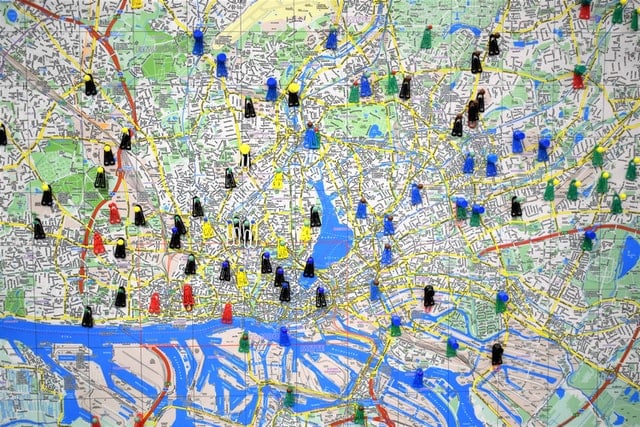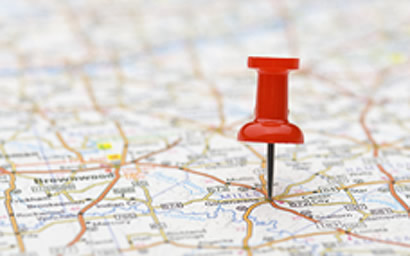Selecting the location of a store or store branch is not an easy task and it has a direct effect on the future success or failure of the business. The combination of variables such as product quality, its design and customer service are important for achieving sales goals, but if the location of the business is not planned strategically, the performance of sales will not be optimized.

There is no ideal or standard pattern to the dilemma of business location. This is because the variables involving every type of business according to their characteristics, company profile, among many others, create a gap between their needs and therefore the way they approach the problem. For example, the location considered good for a basic necessities store, may not be so for a luxury brand clothes store. This given that it is more likely that a customer is willing to devote a greater amount of time to buy a luxury garment that meets the specifications required, than to spend the same time seeking to find a loaf of bread or a gallon of milk. This is why although it would be appropriate to establish a convenience store where there is traffic on residential areas; it would not be the same for a clothing store which can generate the customer traffic it needs.

THE LOCATION IS USUALLY ONE OF THE MOST IMPORTANT STRATEGIC DECISIONS
Currently, the location of commercial establishments can be very diverse. From inside a supermarket or mall, to independent retailers in touristic areas or in the center of the city, among other places. In either case you may find advantages and disadvantages relevant to your specific situation.
Other questions that arise in the process of locating stores include: Which sector of the city would be more convenient?, Does the crush of people and lack of parking affect my business positively or negatively?, Is it preferable to be within a shopping center?, How can competitors located next to me affect my performance?, What are the cost benefits of locating my business in a busy street or a corner?, Should I then consider the direction of traffic at different times of the day?, What kind of factors should I focus on and which of those really add value to my business?
Vehicular or pedestrian traffic is mentioned in many studies as a significant factor in the decision making in regards to location. However it is important to consider that attracting customers not only depends on the flow but this should be considered as part of the target market as well. A location that has a considerable level of traffic would not be beneficial for sales if this flow does not consume the product.
The decision on locating a business can be conducted using various methods such as analog, financial, statistical and regression analysis, and mathematical modeling, among others. The variables to consider in these methods generally fall into categories such as socioeconomic, demographic, situational (external environment), site, competition, establishment’s conditions, its staff and the products and / or services it offers. In particular, the use of statistical methods has become very popular for making decisions in this area, since it provides a mathematical support to the decision -that is, the analysis based on hard data and not just opinions-. Nevertheless, experience in the type of business and target market knowledge will always be useful in addition to any other method when selecting the optimal location.
In addition to the common analysis procedures used for selecting locations, in recent years a procedure based on Geographic Information System (GIS) was introduced. GIS is an information system that works through spatial referenced data and geographical coordinates (Star & Estes, 1990), designed to solve problems of location, routes, trends, models, etc. This system depends on a geographic information database, which through a digital map identifies relevant data of a specific point on the map. This way, GIS provide relevant information assisting in the proposed site location problem; however the availability of such systems is still limited to only a few countries.
Contact Us
We’d Love To Hear From You!
If you have any questions or comments about this article or are interested in learning more about our business consulting services, we invite you to contact us. We'll be happy to assist you.
References:
Clarkson, R. M., Clarke-Hill, C. M., & Robinson, T. (1996). UK supermarket location assessment.
Star, J., & Estes, J. (1990). Geographic information systems: An introduction. Englewood Cliffs, N.J.: Prentice Hall.
Wheeler, A. K. (1997). Competitive Facility Location Strategies for Retail Firms. University of Georgia.